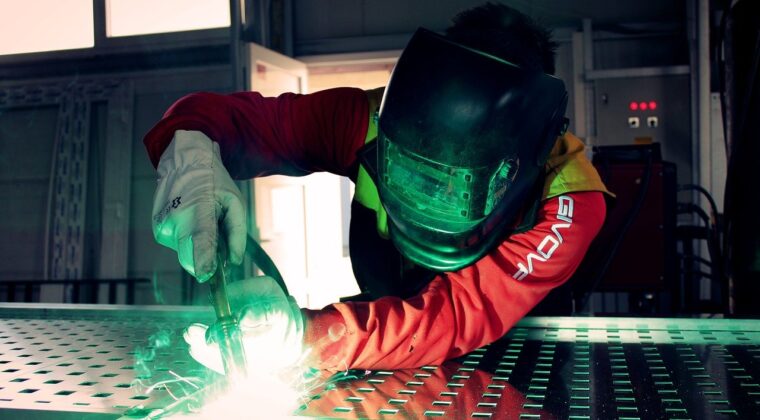References to the Internet of Things (IoT) are everywhere. It’s hard to find anything written in the last few years related to smart manufacturing, supply chain transformation, logistics, transportation, factory automation, data collection, etc. that doesn’t reference IoT or IIoT in some related context. IIoT is making big waves in the manufacturing industry – primarily on the factory floor. At the heart of many IoT-related solutions utilized by manufacturers are sensors. For those who have yet to implement this technology at your facility, you may be asking yourself: is it best to sense or not to sense? Tohelp determine if your plant is ready to implement IIoT, it’s important to understand why these IIoT manufacturing technologies have taken off. Although there are many, the following four are key reasons why companies are increasingly implementing IIoT-enabled solutions in their factories.
Most manufacturers simply cannot afford to refresh all of their machines just because something new comes along. They need to work with the existing investments with the plan to add sensors to gain additional value from their machinery without the cost of replacing it.
In the next one to three years, nearly three-quarters of respondents anticipate that their firms will retrofit 20% or more of their equipment with remote or IIoT sensors. They expect these sensors to have significant benefits to their business, such as improving equipment effectiveness, innovating new digital products and services, providing strong data governance, and enabling predictive maintenance technologies to collect the insights needed to make data-driven decisions, thereby enabling predictable capacity. Manufacturers are getting serious about the importance of becoming data-driven and are willing to dedicate the time and money to do it, with half of leaders reporting an increase in maintenance-related programs/technology budgets in 2020. Seventy-seven percent of decision makers agree that using emerging technologies in combination with data insights maximizes the success of their digital initiatives, justifying the increase in funding. Even more compelling: 79% of respondents say using emerging technologies and data insights puts them ahead of the competition.

